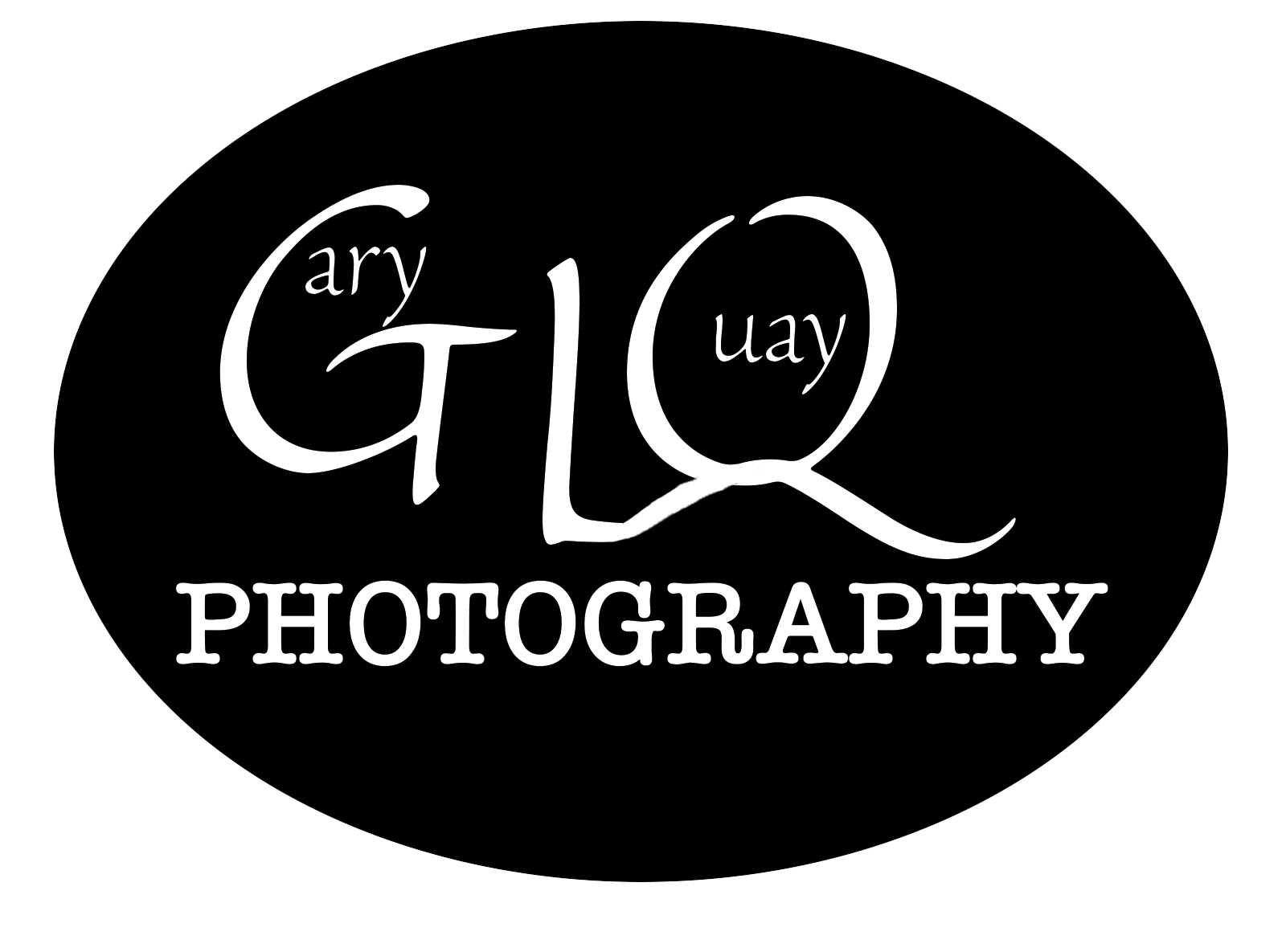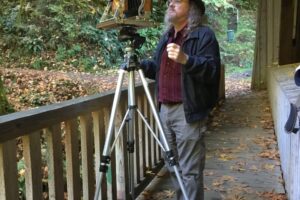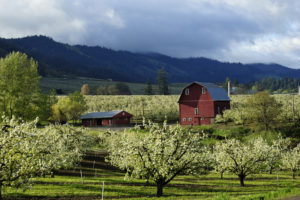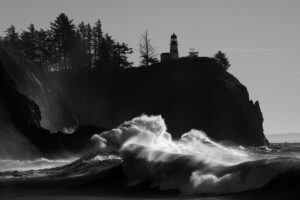When I started my photography blog in 2012, I had intended it to be in the vein of Ansel Adams’ many books of technical explanations of how he made his photographs. I intended to discuss the ways of the camera and darkroom in the making of negatives and optical prints. I would write about developer and film combinations, the Zone System, and print making while improving my skills. I was steadfastly using only film in the digital age.


But, something happened on the way. And that was July of 2015. I moved from my Portland house, sacrificing my darkroom in a last ditch effort to improve my wife’s health. After realizing that my new house in Hood River, Oregon was unlikely to house a sufficient darkroom, I did the unthinkable. I purchased a used digital camera.

It’s coming up on 5 years since that happened. I have since moved back to the Portland area because the last ditch effort was largely in vain. I plan to build a darkroom in the new house, but it will never be of the caliber that my Portland house had. I had it good back then.
My blog, which has moved lock, stock, and barrel to my new website, which you are now reading, has changed emphasis over the years. I have become more of a cheerleader for Oregon scenery than a chemistry wizard. I still geek out about lenses, especially old ones, but I don’t have the passion for digital technique, including Photoshop and its sundry plugins, that I have for film. I am learning how to do it well, but there are hundreds of websites dedicated to digital how-to. A blog about film technique is much more unique. How do I keep it going without a darkroom, and with my film being developed mostly by Portland labs? I found that I really had a passion for writing about Oregon’s varied scenery, and geology. You’ll see that more of my recent posts are in the “Locations” category.


One of the side benefits of this changed emphasis is that I now have to go more places. This may be difficult at the start due to the current pandemic, but I can concentrate on places that I know in the short term. I strongly suspect that this will also change the things I photograph to a certain extent. I do very little expository photography currently. I have tended to steer clear of street photography, and of the kind of photographs that you may find in National Geographic when they are profiling a location. This means that I have to see where I am differently than I have before.
The photographs in this post represent the progression I made from film to digital. The Featured Image is a digital that relies on a technique called the “Orton Effect”, that sandwiches a sharp and a blurred image together. The next two are film images from the 1990’s and the early 2000’s. The next is an early digital image from the first month that I owned my D300. After that it’s digital from the last two years with my D810, and are of the type that I may have to work to perfect if I want to go National Geographic. I didn’t pick any of these pictures because they were the best of what I was doing at the time, but they represent early work from my different phases: from medium to large format film, and then from a cropped sensor digital to full frame.
More to come. Stay tuned.
Technical Data:
Tom McCall Preserve, Rowena, Oregon
Camera, Nikon D300
Lens: 24-120mm Nikon VR
Night Bridge # 1
Camera: Hasslblad 500 CM
Lens: 80mm Carl Zeiss
Film: Fujichrome Velvia
Mirror, Trillium Lake, Oregon
Camera: Linhof Technica,
Lens: 150mm Linhof (Schneider),
Film: Kodak Tmax 400.
Ruthton Point, October 2015 # 2
Camera: Nikon D300
Lens: 24-120mm Nikon VR
West Coast Chowders and The Sea Hag
Camera: Nikon D810
Lens: 24-85mm Nikon
Little Boxes, Parkdale, Oregon
Camera: Nikon D810
Lens: 28-105mm Nikon-D




